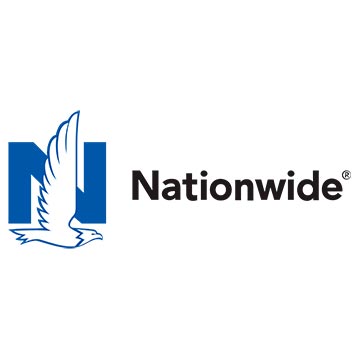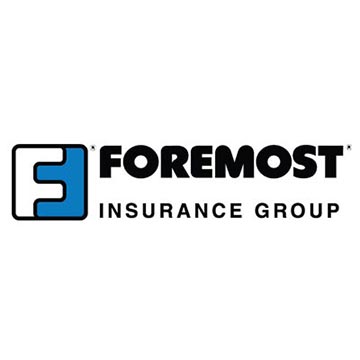Buying Workers' Compensation Insurance
In Montana, every employer who has an employee is required to purchase, or self insure, coverage for an injury or illness arising out of and in the course and scope of employment.
Start a Quote Online Find an Agent
In Montana, every employer who has an employee is required to purchase, or self insure, coverage for an injury or illness arising out of and in the course and scope of employment. Called the "Great Tradeoff" in 1911, a compromise had to be made between labor and industry. Each had to be willing to give up something for a workers' compensation system to function properly. The employer agreed to pay medical bills and lost wages, regardless of fault, and the employee agreed to give up the right to sue. So was born the workers' compensation insurance program! Time has changed a few things, but the basic concept remains. Now, you need to put all the factors together to build your workers' comp. policy. Use care on this construction! Otherwise, you can expect some surprises!
The factors involved with organizing your workers' comp. policy are payroll estimates, classifying your business properly, determining your area of operation, and the employers liability limits (Part B) you'll need to carry.
First, you'll need to determine the appropriate classification code that will best describe your business and will include all the different types of labor involved. "It is the business, which is classified, not the separate employments, occupations or operations within the business". There are over 600+ separate business classifications offered by the National Council on Compensation Insurance (NCCI) so care is required to determine the class most suitable. Sometimes the code that most closely identifies your business will have to be used. Each of these class codes has its own 'loss cost'—a basis for your final rate. As an example – a clerical office worker (8810) - has a 'loss cost' of $.42 per $100. of payroll versus a roofer (5551) with a 'loss cost' of $30.57. These loss cost are adjusted by the insurer and the Montana State Fund using a "loss cost multiplier" (LCM) individually filed by each. LCM's add in various expenses expected to be incurred by each and can range from as low as .70 to a debit of over 1.75.
The second step, once a governing class code and any appropriate minor codes have been established, is to assign payroll to each code. This is a very important step! This can be a little bit like income tax withholding – file too little and you'll pay at tax time; too much and you'll let the IRS use your money for the year! At the beginning of the workers' comp. policy the payroll for each class code is estimated and will generally be verified at the policy expiration by an audit. Estimate too little payroll for the codes and you'll end up with an additional premium audit – at about the same time your renewal premium is due on your new policy. Estimate too much and hope for a refund. But, like the IRS, why let someone else use your money for a year! Also, a few non-standard insurers will occasionally stipulate they will audit "upward" only
in other words, you'll fight for a refund! If, during the year, an unusual circumstance, like a larger than anticipated construction project or an expansion of the business results in more employees, it will be necessary to adjust your payroll estimates midterm rather than wait until audit. This will eliminate any potential doubling up with an audit and renewal premium. The insurer will simply endorse the policy with the new estimated payroll and charge a prorate additional premium at that time.
If you operate in multiple states, classes and payroll will need to be assigned specially for those states. Each will have their own loss cost and LCM's filed by each insurer. Of course, our two neighbors, Wyoming and North Dakota, are monopolistic, and, therefore, you will purchase coverage separately from each state. While the standard workers' comp. policy has a provision that will automatically pickup coverage in a new state midterm, Wyoming and North Dakota do not apply to this provision. You must secure separate coverage before you began any operation in either of these states.
Finally, your basic workers' comp. policy will provide Employers Liability Coverage, Coverage B, automatically for limits of $100,000. per occurrence for bodily injury, $100,000. per employee for bodily injury by disease, and $500,000. aggregate for bodily injury by disease. These limits can be increased by endorsement and an additional premium. If you have separate operations in either Wyoming or North Dakota, make sure your general liability insurer adds "Stop Gap" coverage to your GL policy. This will provide the necessary Coverage B not offered by these two states.
Because of the effect workers' comp. can sometimes have on the "bottom line", many business owners pay special attention to this part of their insurance program. Managing your workers' compensation risk is very important and can definitely be reflected in your year end profit margin.
Article By: Dennis Gambill - The author is an Insurance Litigation consultant. Adjunct professor at EMC for 8 years-Risk & Insurance. 40+ years-both MGA and agency experience.

We'll Shop Around So You Don't Have To
Start a quote by filling out our online application providing us with the basic information we need to perform a quote. It only takes a few minutes and we'll respond within one business day.
Start a Quote Contact UsWe're Hiring
We're looking for industry experienced folks to join our team. Contact us at 406-652-4180 to inquire.
Top 10 Reasons You Need Cyber Liability Insurance
No matter what type of business you run, where you're located, or how much time you spend online – your business needs Cyber Liability Insurance.
business riskProfessional Liability Insurance
Almost every business or firm can become liable for injury to others resulting from a condition on its premises or arising out of its operations, products, completed work or actions of its employees.
business riskAnti-Indemnity Statute
Indemnity clauses generally are more common to construction projects primarily due to the risks involved maintaining a safe work environment.
business riskOur Insurance Partners











— Protecting Everything You Value Most —
Darnielle Insurance is available to answer your questions. We are located at 1320 28th Street West, Billings, MT 59102. Give us a call at 406-652-4180.